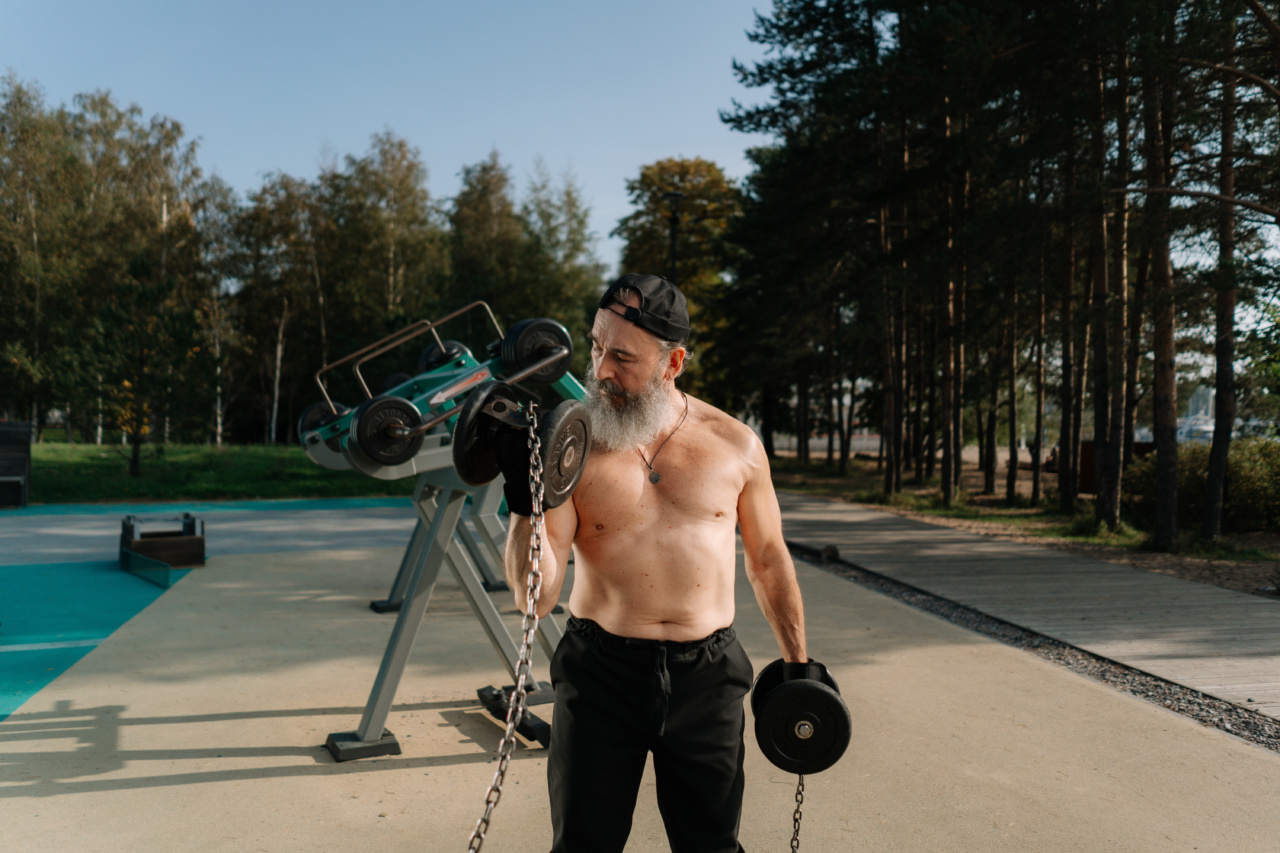As we age, our bones and muscles go through various changes that can affect our overall health and quality of life.
It is important to take proactive steps to protect and strengthen our bones and muscles to maintain mobility, prevent injuries, and reduce the risk of developing certain conditions associated with aging. In this article, we will explore effective strategies for preserving bone and muscle health as we grow older.
1. Stay Active
Regular physical activity is crucial for maintaining bone and muscle health as we age. Engaging in weight-bearing exercises, such as walking, jogging, dancing, or playing tennis, helps to promote bone density and strength.
Additionally, incorporating resistance exercises, such as lifting weights or using resistance bands, can help build and preserve muscle mass and strength.
2. Follow a Balanced Diet
Proper nutrition plays a vital role in protecting bones and muscles. Ensure your diet includes adequate amounts of calcium, vitamin D, and protein.
Calcium-rich foods like milk, yogurt, cheese, leafy greens, and fortified products contribute to strong bones. Vitamin D, which aids in calcium absorption, can be obtained through exposure to sunlight or by consuming foods like fatty fish and fortified dairy products.
Protein-rich foods, including lean meats, poultry, fish, eggs, and legumes, promote muscle repair and growth.
3. Maintain a Healthy Weight
Being overweight or underweight can negatively impact bone and muscle health. Excess body weight puts additional strain on joints and can lead to conditions such as osteoarthritis.
On the other hand, being underweight may increase the risk of developing osteoporosis. Maintaining a healthy weight through a balanced diet and regular exercise helps support strong bones and muscles.
4. Avoid Smoking and Limit Alcohol Intake
Smoking has been linked to a higher risk of developing osteoporosis, fractures, and other musculoskeletal disorders. Smoking impairs the body’s ability to absorb calcium, reduces estrogen levels in women, and promotes bone loss.
Similarly, excessive alcohol consumption can weaken bone and muscle tissue. It is best to avoid smoking and limit alcohol intake to promote better bone and muscle health.
5. Get Regular Check-ups
Regular check-ups and screenings are important for early detection and management of any bone or muscle-related conditions.
It is recommended to discuss any concerns with your healthcare provider, who can assess your risk factors and suggest appropriate preventive measures. Additionally, bone density tests and other screenings can help identify conditions such as osteoporosis or sarcopenia.
6. Practice Good Posture
Poor posture can lead to muscle imbalances and strain on your spine, causing discomfort and increasing the risk of injuries. By maintaining good posture, you reduce the chances of developing musculoskeletal issues.
Practice proper alignment of your spine and engage in exercises that strengthen your core muscles to support good posture.
7. Fall Prevention
Falls are a major concern for older adults and can result in fractures and other injuries. Taking measures to prevent falls can significantly protect your bones and muscles.
Ensure your living space is free of hazards, install grab bars in bathrooms, use non-slip mats, and wear proper footwear with good traction. Regular exercise and balance-enhancing activities such as tai chi can also improve stability and reduce the risk of falls.
8. Consider Supplements
Consulting with your healthcare provider about supplements may be beneficial, especially if you have specific deficiencies or conditions that affect your bone and muscle health.
Calcium and vitamin D supplements are commonly recommended for those who are unable to obtain enough through their diet or sunlight exposure. However, it is important to seek professional advice before starting any new supplements.
9. Stay Hydrated
Proper hydration supports overall health and is essential for maintaining healthy muscles and joints. Water helps transport nutrients to the muscles, lubricates the joints, and keeps the overall musculoskeletal system functioning optimally.
Aim to drink an adequate amount of water each day, and remember to increase your fluid intake during physical activity.
10. Manage Stress Levels
Chronic stress can have negative effects on bone and muscle health. High levels of stress hormone cortisol can decrease bone density and muscle mass over time.
Engaging in stress-management techniques such as deep breathing exercises, meditation, yoga, or engaging in hobbies can help reduce stress levels and support overall bone and muscle health.
Conclusion
Protecting your bones and muscles as you age requires a combination of healthy lifestyle choices, including regular exercise, a balanced diet, avoiding harmful habits, and prioritizing self-care.
By implementing these strategies, you can reduce the risk of developing musculoskeletal conditions, maintain mobility, and enjoy a better quality of life as you grow older.































